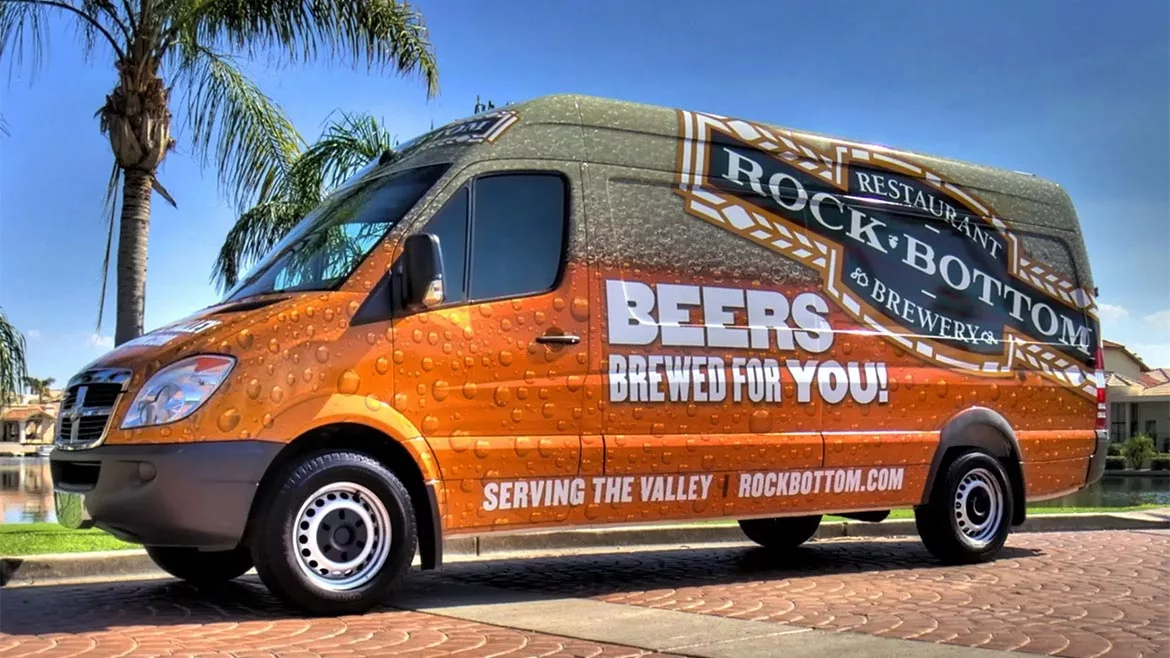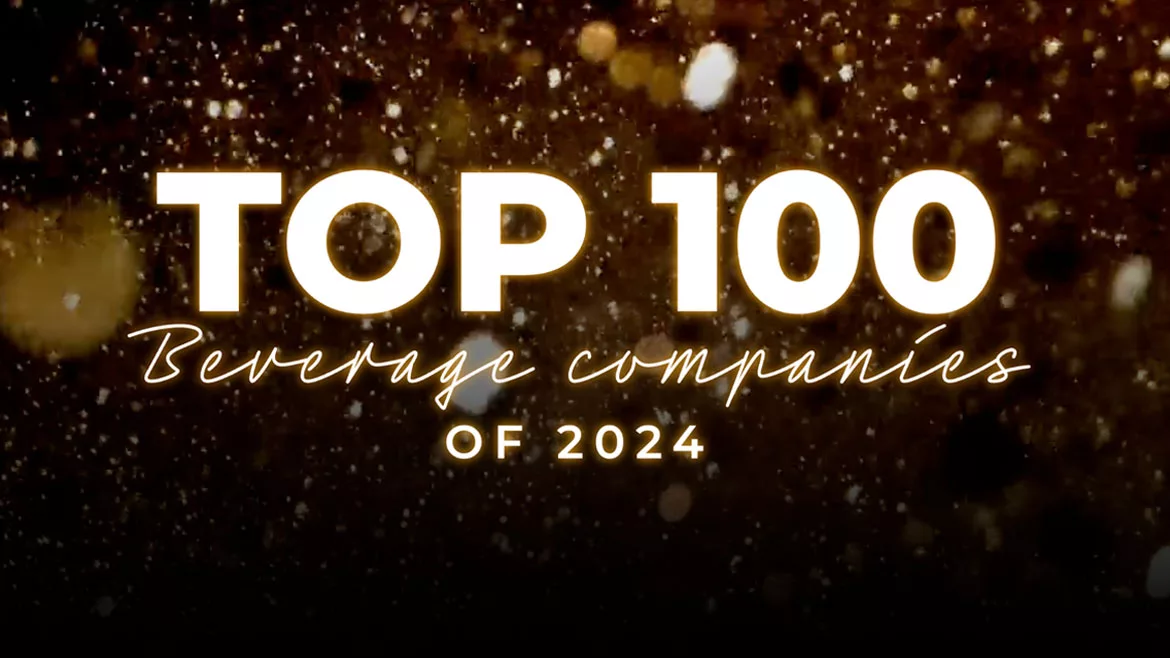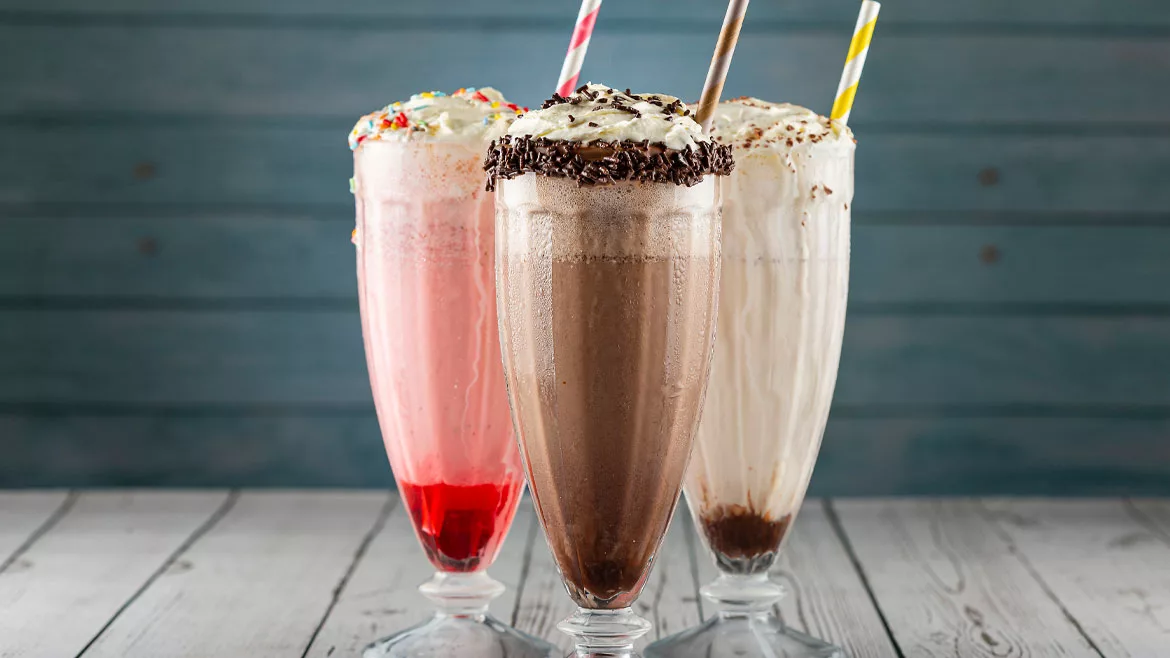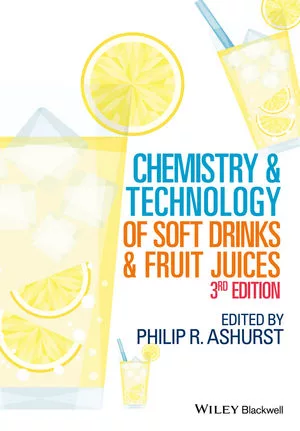Technology pushes the boundaries on truck-side design
Minimalism, dynamic-textures, bold color and AI-generated imagery among tools fleets have at disposal

Image courtesy of FleetWrap Headquarters
Truck-side branding is something that’s almost taken for granted these days, but there’s a reason they’re so ubiquitous ― they actually work, if industry data is any indication.
One vehicle wrap can generate between 400 and 600 impressions per mile and between 30,000 and 70,000 impressions a day — depending on the population density of the particular market, of course —according to research by the Outdoor Advertising Association of America.
“Vehicle wraps can be one of the most cost-effective forms of advertising,” says Craig Campbell, vice president of business development at the International Sign Association. “Just imagine how many vehicles see your trucks on the road over a typical shift. There are few other forms of advertising that receive this many views in a day.”
Further, ad agency RYP & Becker Group reports that 97% of people can recall ads that they’ve seen on trucks and 98% of respondents believe that fleet graphics foster a positive image of the advertising brand. And, 74% of consumers polled by the American Trucking Associations (ATA) said they have gained a favorable impression of a company based on fleet graphics.
In 2025, a few key trends are driving on-truck graphics.
According to Coral Lea Hogerhuis, project manager for vehicle wraps company WrapIt, one of the biggest developments is that fleet customers are gravitating toward matte-and-gloss hybrid designs, such as glossy logos on matte backgrounds. Additionally, it’s become common for fleets to embed QR codes, NFC tags or even augmented reality triggers on their vehicles.
And then there’s “personality” wraps, where not all wraps in the fleet are the same for the same brand. Those employ a variety of styles that remain true to the core brand. “There’s no increased difficulty [with personality wraps],” Hogerhuis says, “but the design process increases significantly because you are creating multiple designs instead of one design that is repeated on all vehicles.”
Artificial intelligence (AI) has been finding its way into virtually every industry, and the truck wrap business is no different. Many wraps are being generated by AI.
“AI was initially used for inspiration and ideas, as the files in general were not able to be vectorized to scale up easily,” Hogerhuis notes. “However, the tools are getting better each day. AI can now generate text and logos nicely. Wraps can be vectorized with software and scaled.”
Another vehicle wrap producer, AdPro Design, points to hyper-realistic textures as another significant trend. These wraps evoke materials like carbon fiber, wood, leather, or brushed metal, without actually using said materials. They offer the look and feel of luxury without the cost.
Some fleet customers are even opting for reflective and glow-in-the-dark materials to make brand imagery pop when the sun goes down.
Arizona-based supplier FleetWrap Headquarters, meanwhile, has witnessed a move toward bold and vibrant colors, such as electric blue, neon green, and vibrant orange. Those visual choices are known to convey a sense of energy.
However, as the colors get more striking, the typography and logos themselves are trending toward minimalism. That could mean everything from cleaner, sans-serif fonts to bare-bones logo designs, conveying both professionalism and sophistication.
As printing technology has advanced exponentially, there’s been a greater push, according to FleetWrap Headquarters, to incorporate photorealistic imagery into wrap designs — whether that’s ultra-high-resolution bottle and can shots, or evocative brand visuals like detailed landscapes.
And, by the time you read this, the technology likely will have advanced even further, and on-truck design elements that last week were considered fantasy may already be a reality.
Looking for a reprint of this article?
From high-res PDFs to custom plaques, order your copy today!







